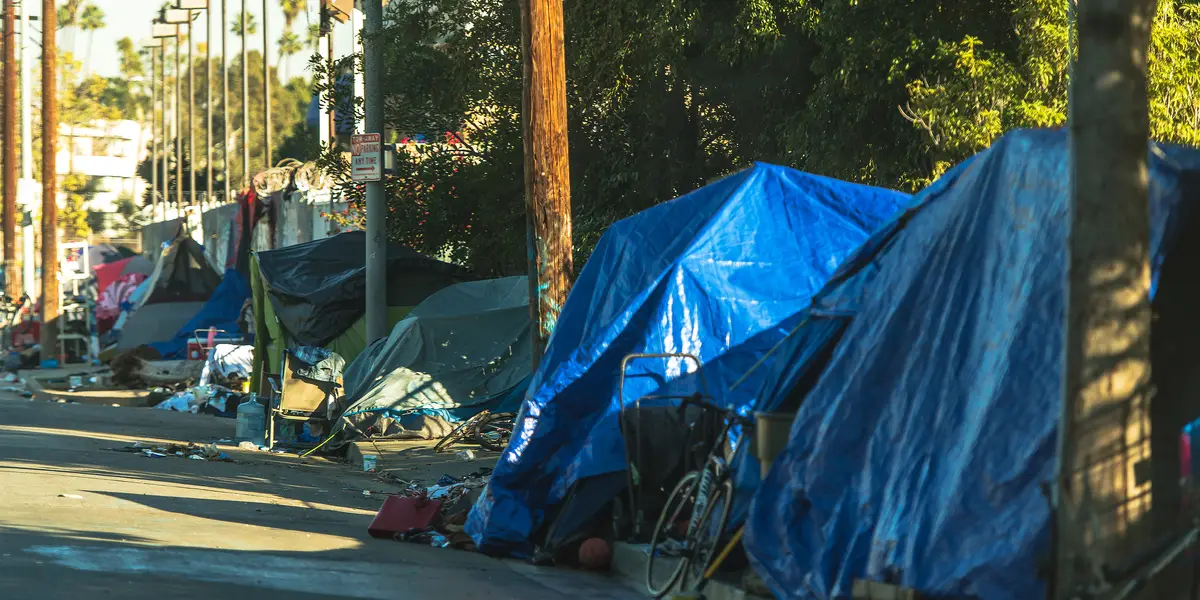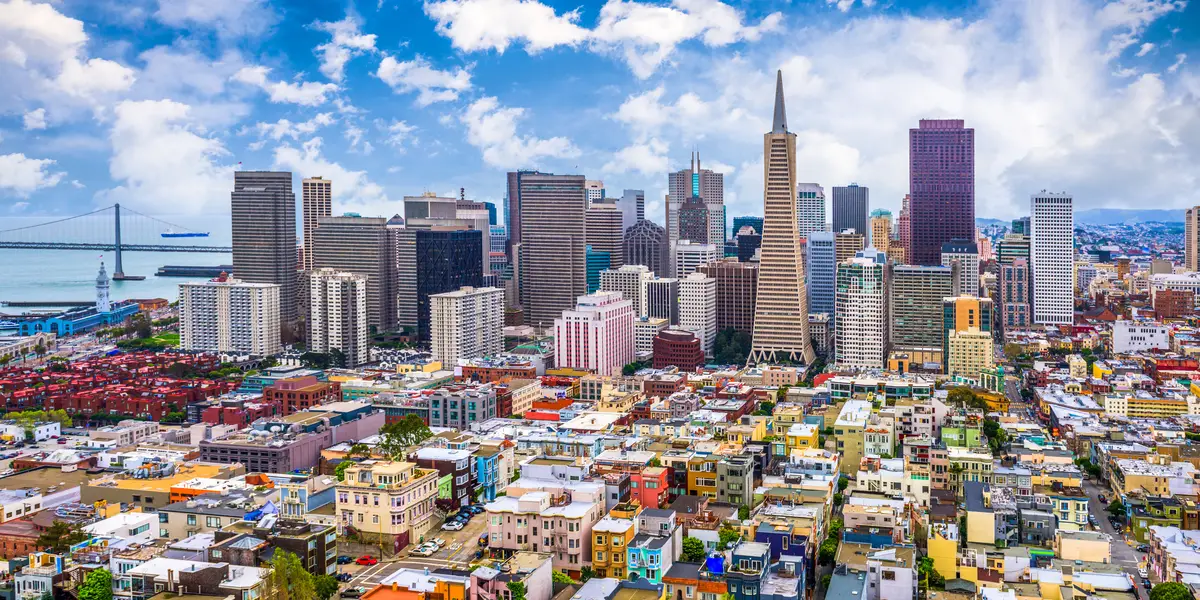The state Legislature returns from its six-month hiatus on Wednesday with continuing uncertainty thanks to the omicron COVID-19 variant, which threatens to upend the legislative session for a third straight year.
But whether in person or via Zoom, Gov. Kathy Hochul and all 213 lawmakers heading into an election year have a chance to make 2022 a year focused on important issues of equity.
That starts with perhaps the biggest decision that will affect representation of long underserved communities — the redrawing of the legislative districts. For decades, Republicans used the once-a-decade redistricting process to gerrymander lines that stacked Black and Latinx populations into as few districts as possible, making it easier for the GOP to hold on to power in the state Senate even as the population was shifting more to downstate and enrollment skewed even more heavily Democratic.
An independent redistricting commission created in 2014 to make the rejiggering more fair looks like it will fail at its mission by the January 15 deadline, meaning it will most likely again fall to the Legislature to design the congressional and state legislative districts.
With Democrats now controlling the governor’s mansion and both houses of the Legislature, there is a real chance to draw districts that will empower communities of color and low-income areas that have long been harmed by a politically motivated system. The impact should be a more diverse group of voices tackling issues that matter to a broader cross-section of New Yorkers.
At the same time, with the omicron variant exploding in New York, the governor and Legislature should quickly work together to ensure that all communities have access to COVID vaccines — and take advantage of that access. Since hitting New York in March 2020, COVID has struck communities of color particularly hard. In a report late last year, the Centers for Disease Control warned, “The COVID-19 pandemic has brought social and racial injustice and inequity to the forefront of public health. It has highlighted that health equity is still not a reality as COVID-19 has unequally affected many racial and ethnic minority groups, putting them more at risk of getting sick and dying from COVID-19.”
The state needs to redouble its efforts to make sure people, especially in communities of color and low-income neighborhoods, get vaccinated and boosted. Lawmakers can use their influence within their individual districts to help get that done.
The Legislature last year took back much of the power granted the previous governor in dealing with the COVID crisis. As they say, with great power comes great responsibility, and legislators must work with the governor to show they are up to the challenge of handling the ongoing fight.
The state this year must also ensure that the tens of billions of dollars that will be coming New York’s way from the recently passed federal infrastructure package will make it to long-ignored and underserved communities, and that public transportation agencies have the money they need to operate while they struggle to draw riders back.
A long-awaited settlement of a lawsuit over unfair school funding was announced by Hochul in October with the promise of billions of dollars more for needy schools. The first installment needs to make its way to those communities this year during the budget process.
There is no shortage of other equity issues, whether it’s ensuring communities of color benefit from the legalization of marijuana, creating a business environment that helps both corporations and the communities they serve, or tackling a homelessness problem that leaves too many without a place to live or the mental health services they need.
And while there are more controversial issues that will no doubt be heavy lifts, like universal health care and criminal justice reforms, the equity agenda that can be tackled is vast. The ongoing public health crisis should not be an excuse for inaction.




